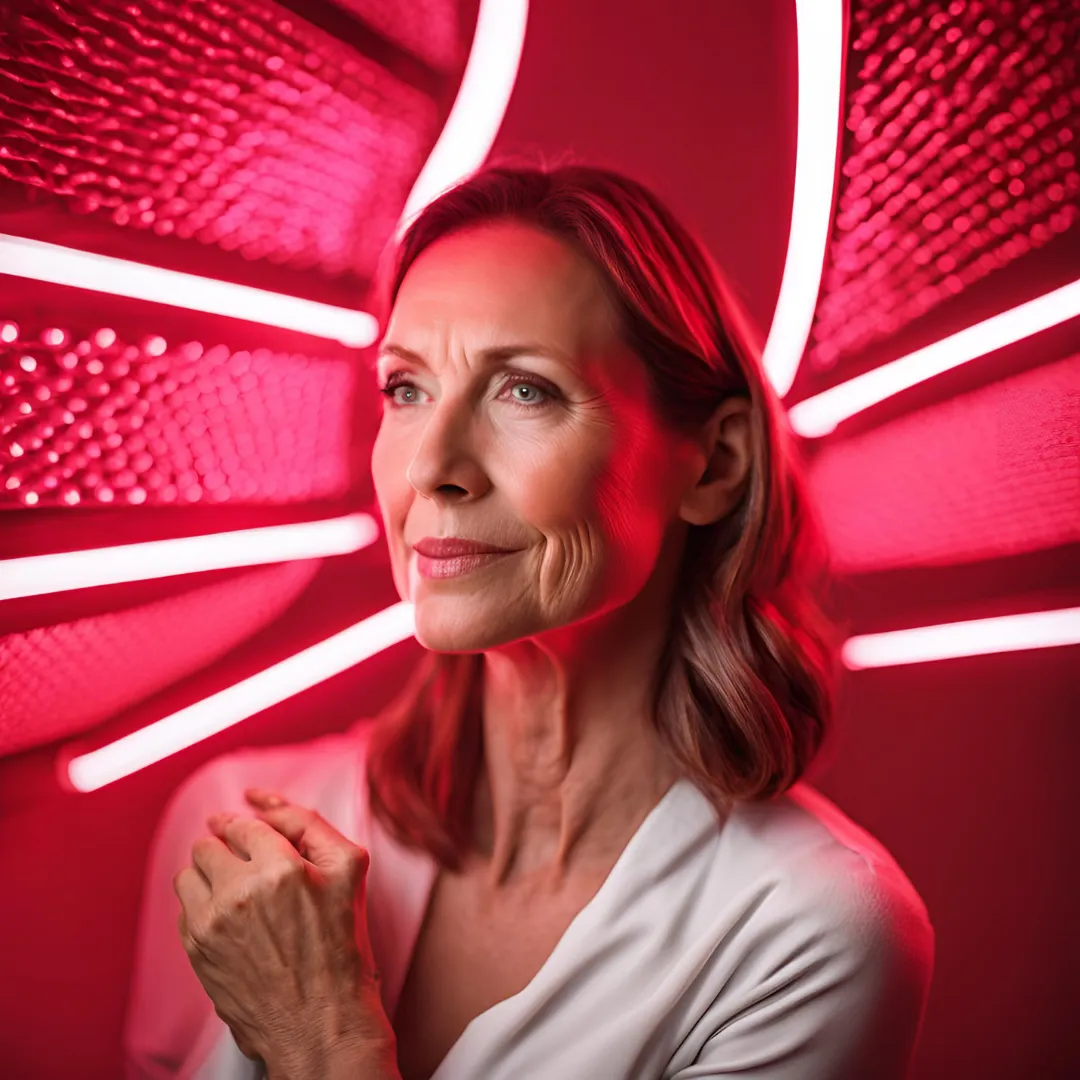Light Therapy: A Fresh Look at Boosting Your Health with Science
Discover the Healing Power of Light Therapy: A Scientific Guide

Light therapy, also known as phototherapy, has become a go-to natural treatment for a variety of health issues, from lifting your mood to rejuvenating your skin. With increasing scientific backing, light therapy shows promising results in improving well-being without invasive procedures. Let’s explore how light therapy works, its wide range of uses, and the science that supports its effectiveness.
How Light Therapy Works
Light therapy involves exposing your body to specific wavelengths of light, usually through devices like light boxes, lamps, or LED panels. The most common wavelengths used are blue, red, and near-infrared, each penetrating the skin and influencing cellular functions.

One of the key ways light therapy works is by activating photoreceptors in the body. For example, exposure to blue light can influence melatonin production, the hormone that regulates your sleep-wake cycle. This is why light therapy is often recommended for treating Seasonal Affective Disorder (SAD) and insomnia.
On the other hand, red and near-infrared light therapy target the mitochondria—the powerhouse of your cells. This boosts the production of adenosine triphosphate (ATP), which increases cellular energy and promotes healing and regeneration. That’s why red light therapy is popular for skin rejuvenation, wound healing, and reducing inflammation.
Where Light Therapy Shines
1. Beating the Winter Blues (Seasonal Affective Disorder - SAD):
Light therapy is widely recognized for its effectiveness in treating Seasonal Affective Disorder, a type of depression that strikes during the low-light months of winter. By mimicking natural sunlight, light therapy helps regulate your internal clock and boosts your mood. Research in Psychiatry Research found that light therapy is as effective as antidepressants in reducing SAD symptoms.
2. Better Sleep, Naturally:
Struggling with insomnia or other sleep disorders? Light therapy might help. Exposing yourself to bright light in the morning can help reset your circadian rhythm, leading to better sleep at night. A study in the Journal of Clinical Sleep Medicine found that light therapy improved sleep quality and duration, especially when combined with other sleep-friendly habits.
3. Youthful, Glowing Skin:
Red and near-infrared light therapy are making waves in the world of skincare. These wavelengths penetrate the skin to stimulate collagen production, reduce wrinkles, and improve overall skin texture. A study in the Journal of Clinical and Aesthetic Dermatology showed that red light therapy significantly enhanced skin tone, increased collagen density, and reduced fine lines after just a few weeks.
4. Speeding Up Healing and Easing Pain:
Red and near-infrared light therapy can also help speed up wound healing and reduce pain and inflammation, making it a valuable tool for chronic wounds or conditions like arthritis. A review in Photomedicine and Laser Surgery highlighted several studies showing how effective light therapy is in repairing tissue and controlling pain, making it a solid addition to various treatments.
Things to Keep in Mind
While light therapy has many benefits, it’s important to use it properly. The success of light therapy depends on factors like intensity, duration, and timing of exposure. Consulting a healthcare professional before starting light therapy is crucial, especially if you have any medical conditions or are on medications that increase light sensitivity.
Also, make sure to use devices that are medically approved and have been tested for safety. Overexposure to certain types of light, particularly blue light, can cause eye strain or damage, so sticking to recommended guidelines is key.
Wrapping It Up
Light therapy is gaining ground as a scientifically backed treatment for various health issues, from mood disorders to skin care. By harnessing the power of specific light wavelengths, this therapy can help heal, improve sleep, and boost overall well-being. As research continues to unlock more of its potential, light therapy is likely to become a staple in holistic health practices. If you’re considering light therapy, be sure to get professional advice and use safe, effective devices to get the most out of it.
References
1. Rohan, K. J., Mahon, J. N., Evans, M., Ho, S. Y., Meyerhoff, J., Postolache, T. T., & Vacek, P. M. (2015). Randomized Trial of Cognitive-Behavioral Therapy vs. Light Therapy for Seasonal Affective Disorder: Acute Outcomes. Psychiatry Research, 229(3), 609-617.
2. Faulkner, S. M., Bee, P. E., & Meyer, N. (2019). Light therapy for the treatment of insomnia: A systematic review and meta-analysis. Journal of Clinical Sleep Medicine, 15(8), 1095-1104.
3. Avci, P., Gupta, A., Sadasivam, M., Vecchio, D., Pam, Z., Pam, N., & Hamblin, M. R. (2013). Low-level laser (light) therapy (LLLT) in skin: stimulating, healing, restoring. Journal of Clinical and Aesthetic Dermatology, 6(5), 22-31.
4. Enwemeka, C. S., Parker, J. C., Dowdy, D. S., Harkness, E. E., Woodruff, L. D., & Hawkins, D. H. (2004). The efficacy of low-power lasers in tissue repair and pain control: A meta-analysis study. Photomedicine and Laser Surgery, 22(4), 323-329.